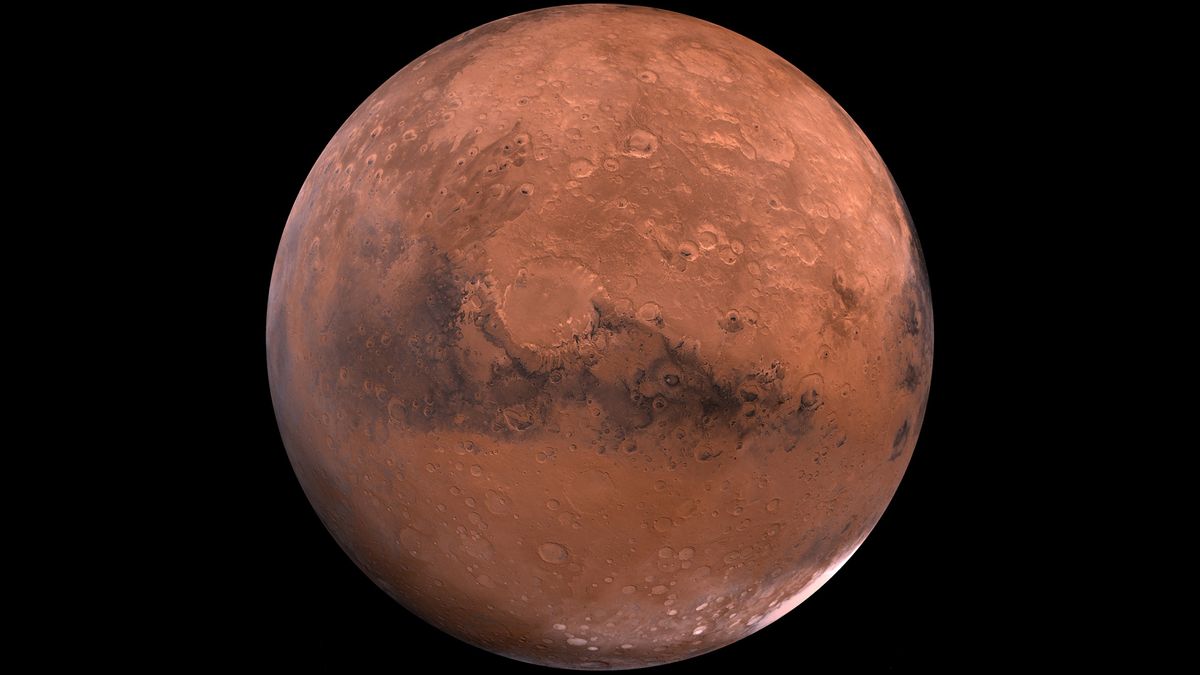Now Reading: Scientists Puzzled by Evidence of Ancient Lakes and Snowfall on Mars
-
01
Scientists Puzzled by Evidence of Ancient Lakes and Snowfall on Mars
Scientists Puzzled by Evidence of Ancient Lakes and Snowfall on Mars

Fast Summary
- Scientists believe ancient Mars once resembled Earth, with a warm and wet climate capable of sustaining rain and snow.
- Geological evidence suggests valley networks on Mars were likely carved by flowing water, but questions remain regarding the source of the planet’s warmth and liquid precipitation.
- A team led by Amanda Steckel at Caltech simulated mars’ landscape during the Noachian epoch (around 4 billion years ago) to study how precipitation could have shaped its surface.
- Two scenarios were tested: (1) warm and wet conditions with widespread precipitation, and (2) ice-melt conditions from large ice caps. Their findings suggest distributed precipitation better explains valley networks seen across various elevations globally.
- NASA’s Perseverance rover is exploring Jezero Crater as part of this ongoing investigation into Mars’ history with water systems.
- Study co-author Brian Hynek highlighted that features like boulder deposits in Jezero Crater required meters-deep flowing water during ancient times.
- The study also drew parallels between geological features on Earth (e.g., locations like Utah) and those observed on Mars, possibly providing insights into Earth’s early climate history.
Indian Opinion Analysis
This research sheds light on broader planetary evolution debates while offering comparative insights into both Martian geology and Earth’s own origins. India has made significant strides in space exploration through missions like Mangalyaan (Mars Orbiter Mission), which contribute valuable data to global efforts investigating Martian topography. This new study provides critical context for examining past climate models-a step that aligns well with objectives for future space missions aimed at interplanetary understanding.
From an Indian outlook, advancing similar simulation technologies or joining collaborative international scientific efforts could enhance India’s contributions to uncovering how planetary environments evolve over time. The revelation of potentially temperate zones in ancient Martian history may also inform India’s ambitions about long-term strategies for extraterrestrial environments as ISRO plans deeper engagements in planetary exploration programs.

























